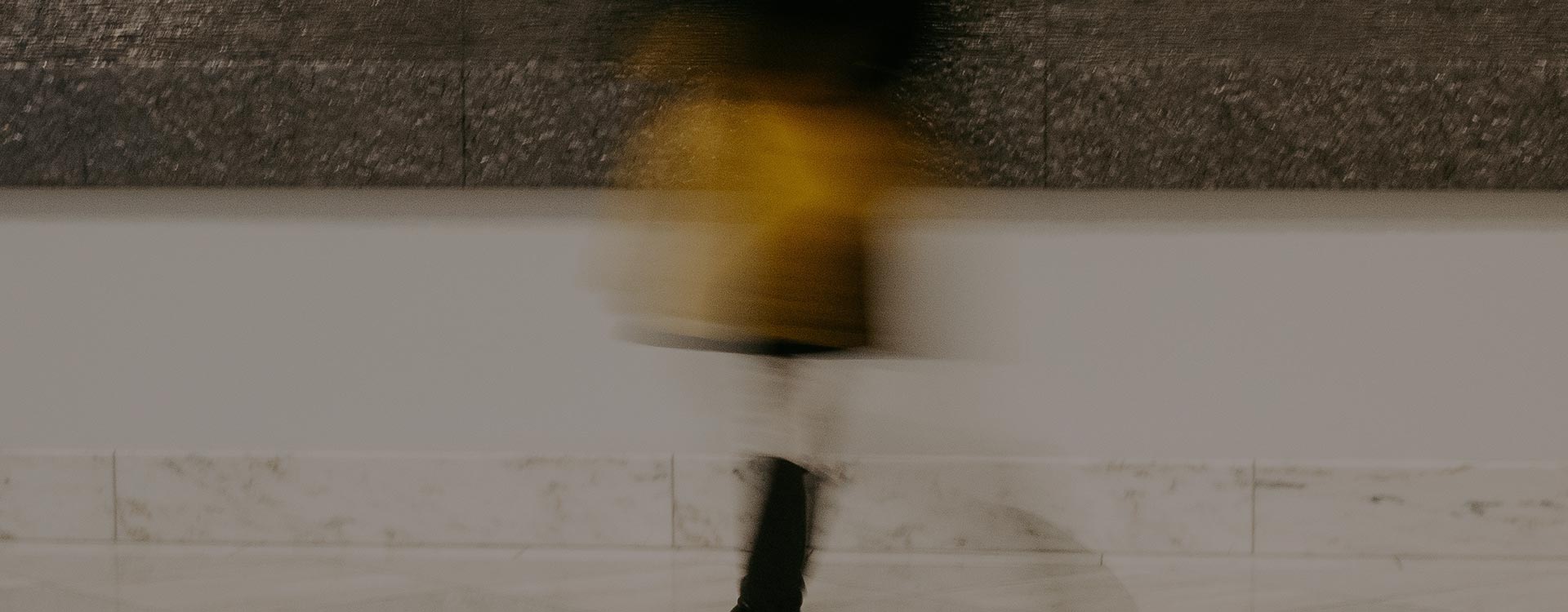
The Great British Art Tour: from a ceiling alcove, an artist’s quiet gaze

Self Portrait (1900) by Emmeline Cust. Photograph: Dan Wray/National Trust Images
Author, editor, translator, and sculptor Emmeline “Nina” Cust was born into Lincolnshire nobility in 1867 and came from a line of inquiring, intellectual women. Her mother, Victoria Welby, was a self-educated philosopher who traveled extensively in the Americas as a child with Nina’s grandmother and namesake, the poet Emmeline Stuart-Wortley. Their epic journey became the subject of Nina’s 1928 book, Wanderers.
Nina met Harry Cust through their membership of The Souls, a coterie of avant-garde aristocrats drawn together by a mutual dislike of contemporary aristocratic society which they thought philistine and dull. Harry, a Conservative MP and newspaper editor was a magnetic character: stylish, handsome, and a master of repartee. He had affairs with prominent Souls women before seducing Nina, a passionate yet quietly cerebral woman with porcelain skin, dark hair, and “moonlight charm”. Rumors of pregnancy forced the two to wed in 1893. Their marriage was a social and intellectual match, yet Nina’s devotion was unrequited.
Little is recorded about Nina’s artistic training, but she exhibited twice at the Royal Academy and elsewhere in Britain and Paris. Portraits of her by the Arts and Crafts enamellist Alexander Fisher, and by the sculptor Alfred Gilbert, show that she moved in artistic circles. Gilbert’s painted plaster bust of Nina is a clear inspiration for this lifesize self-portrait, in which Cust is heavily veiled, her eyes downcast in pensive introspection. Relatively overlooked, it is out of reach in its usual spot – a ceiling alcove in the Windsor bedroom at Belton House, the former seat of the Brownlow family and its heirs the Cust family. Photographs illuminate the tactile qualities of the plaster and the physical traces of Cust’s modeling, particularly lifelike in the eyes and mouth.
Cust’s sculptures inhabit several rooms at Belton. Her bust of Harry, with a handlebar mustache and perfectly coiffed, suavely gazing ahead, can be seen on entering the house. Perhaps her greatest work is the monumental marble effigy of Harry, who died in 1917 and is entombed in Belton church. At rest on tasseled cushions and richly carved brocade, Harry’s hands rest on open books while a faithful pet dog nestles at his feet.
theguardian.com


